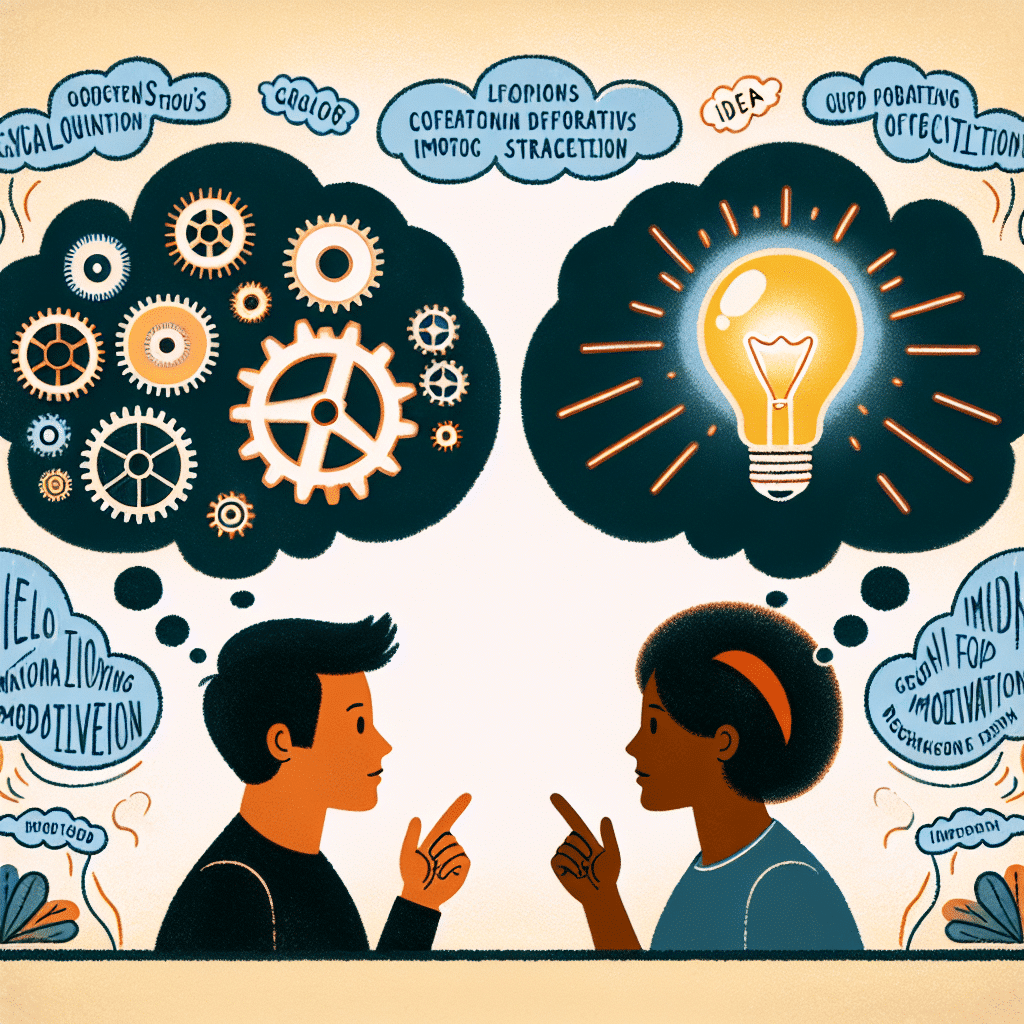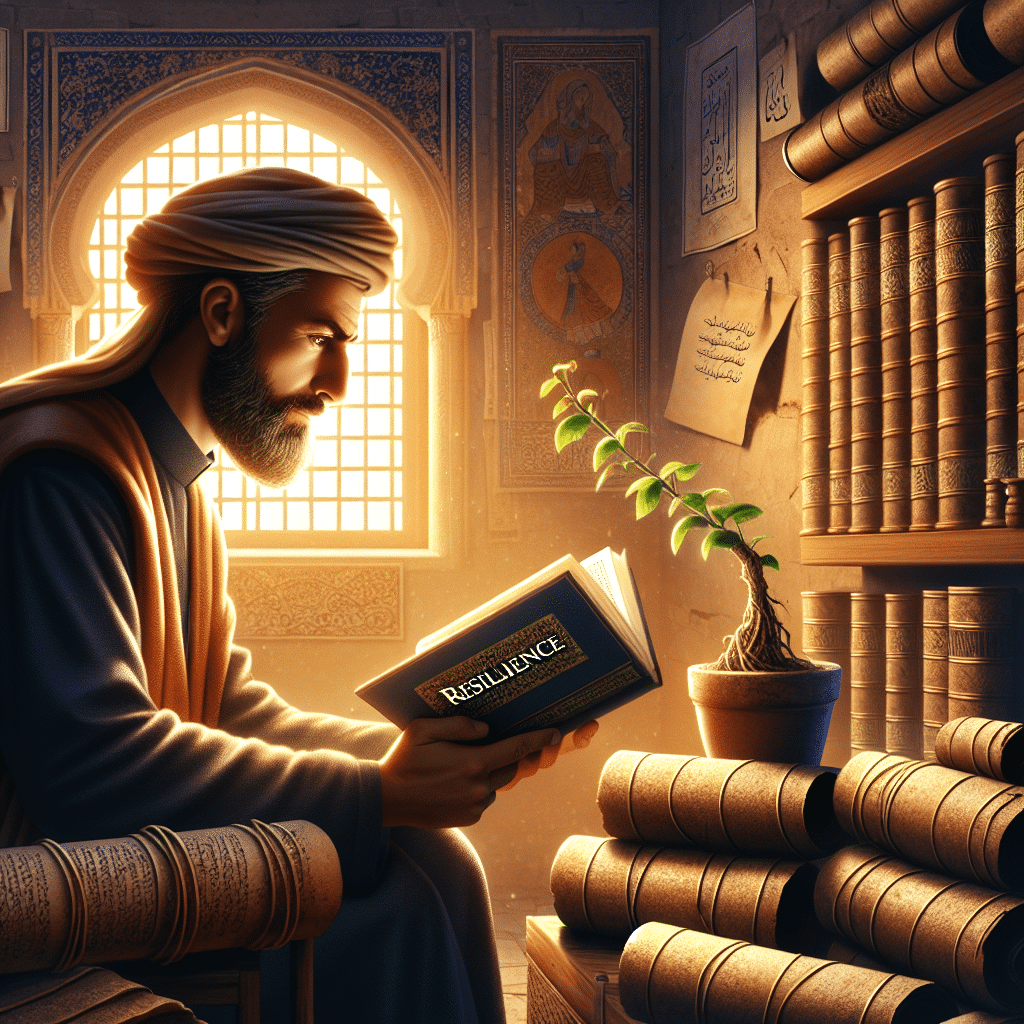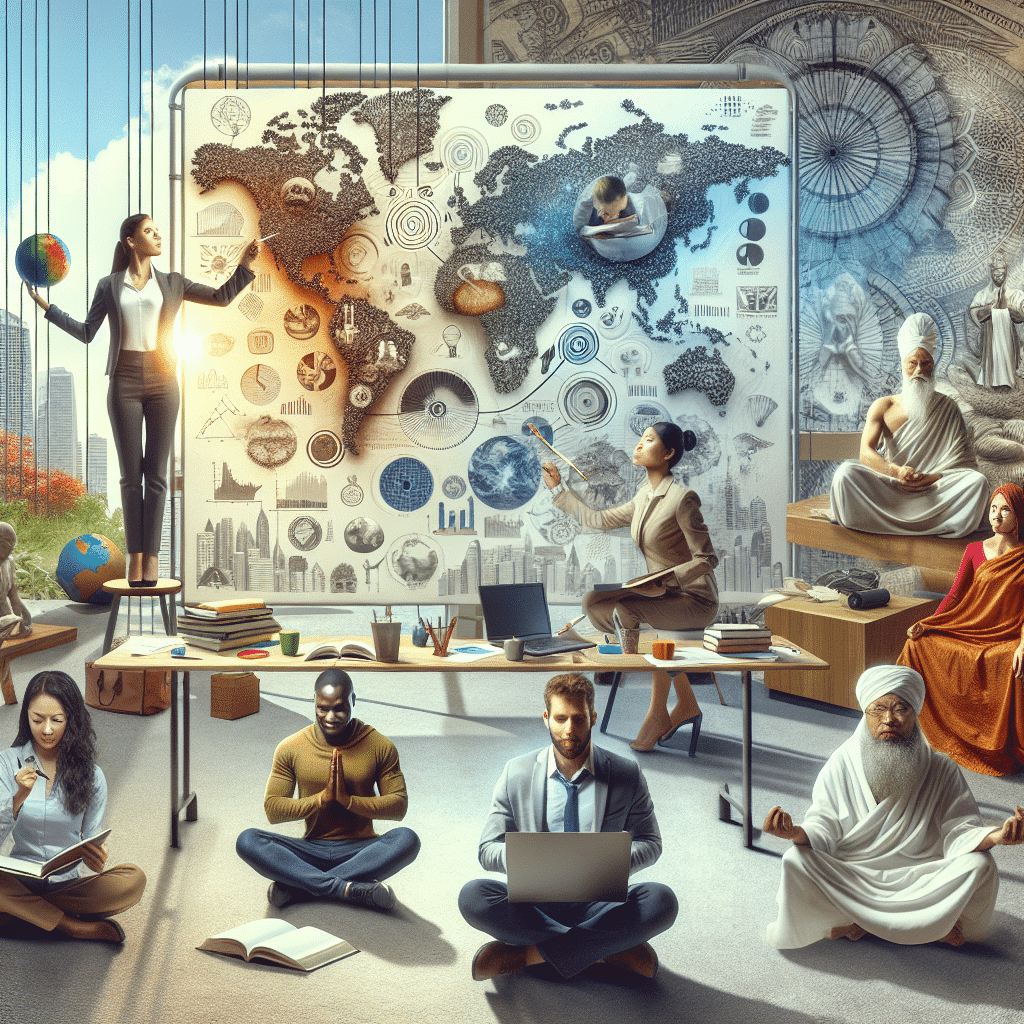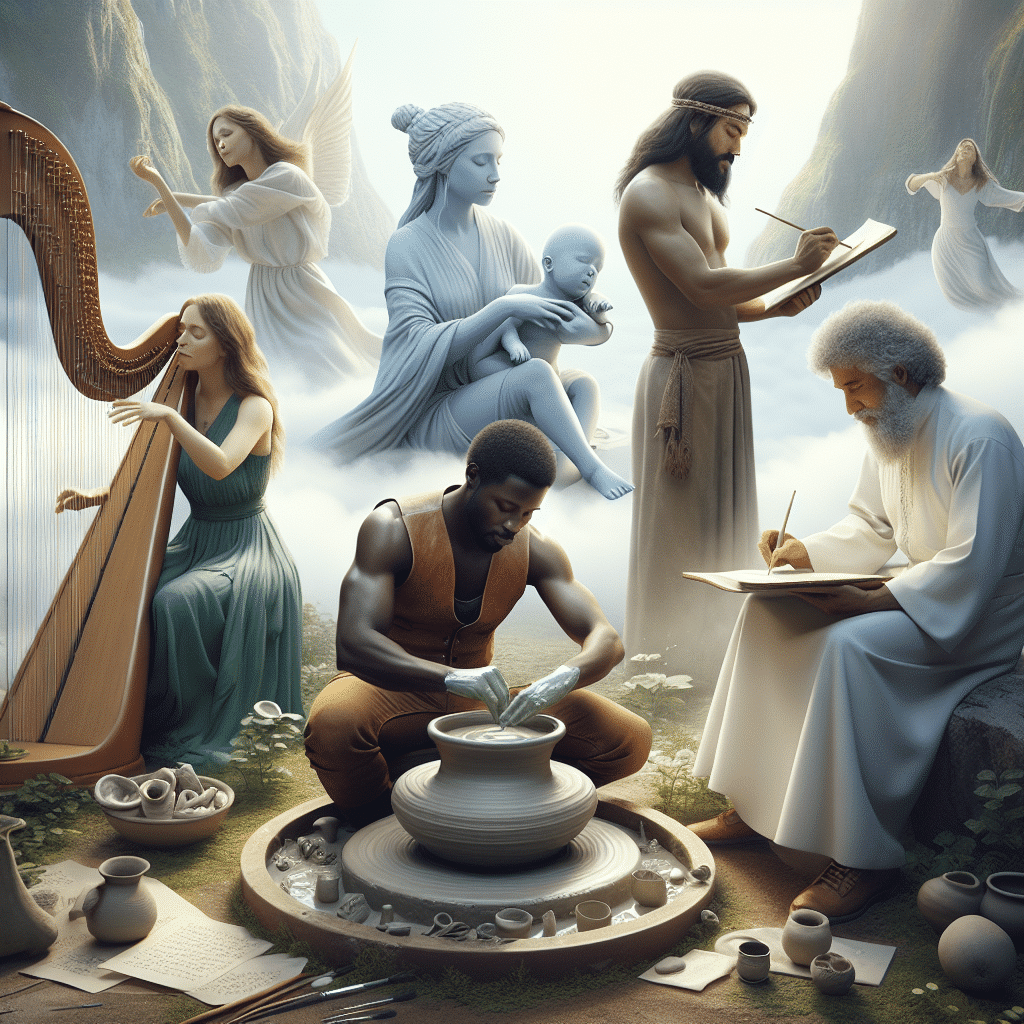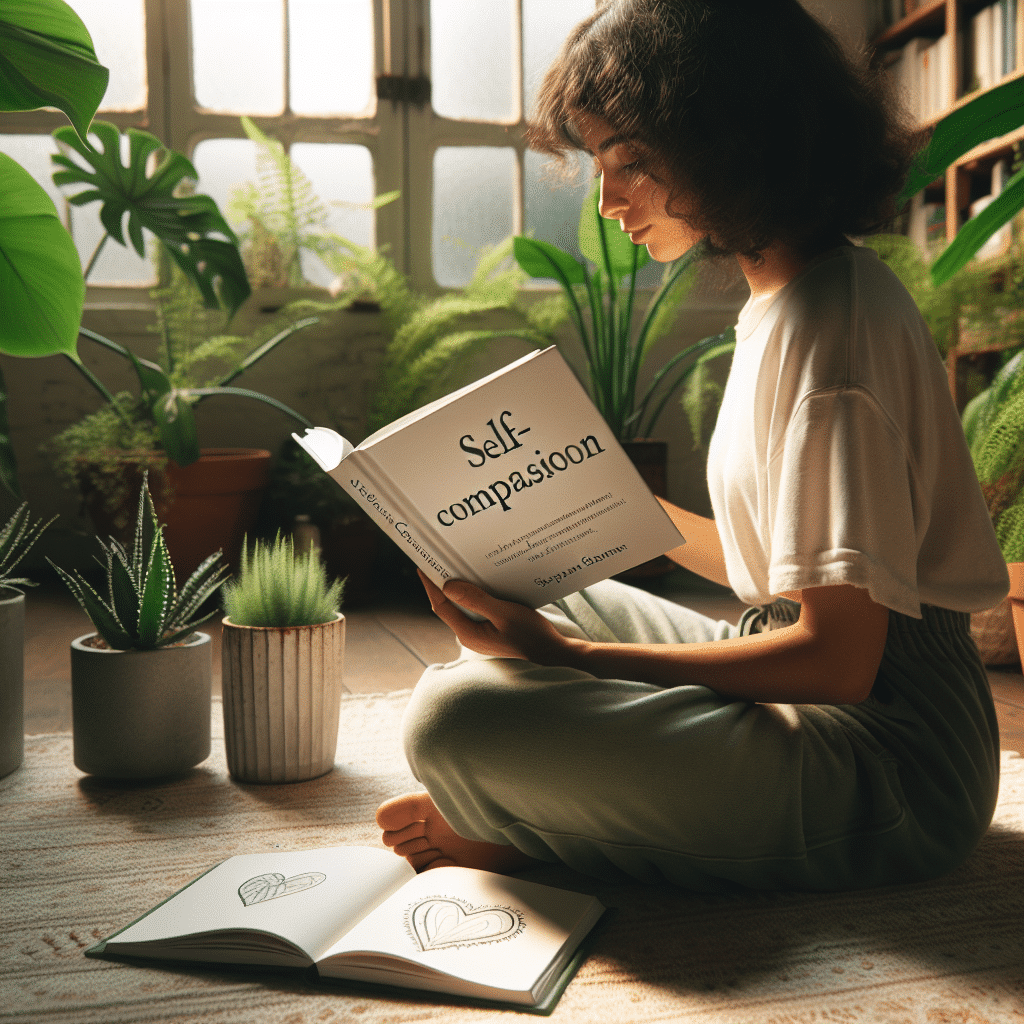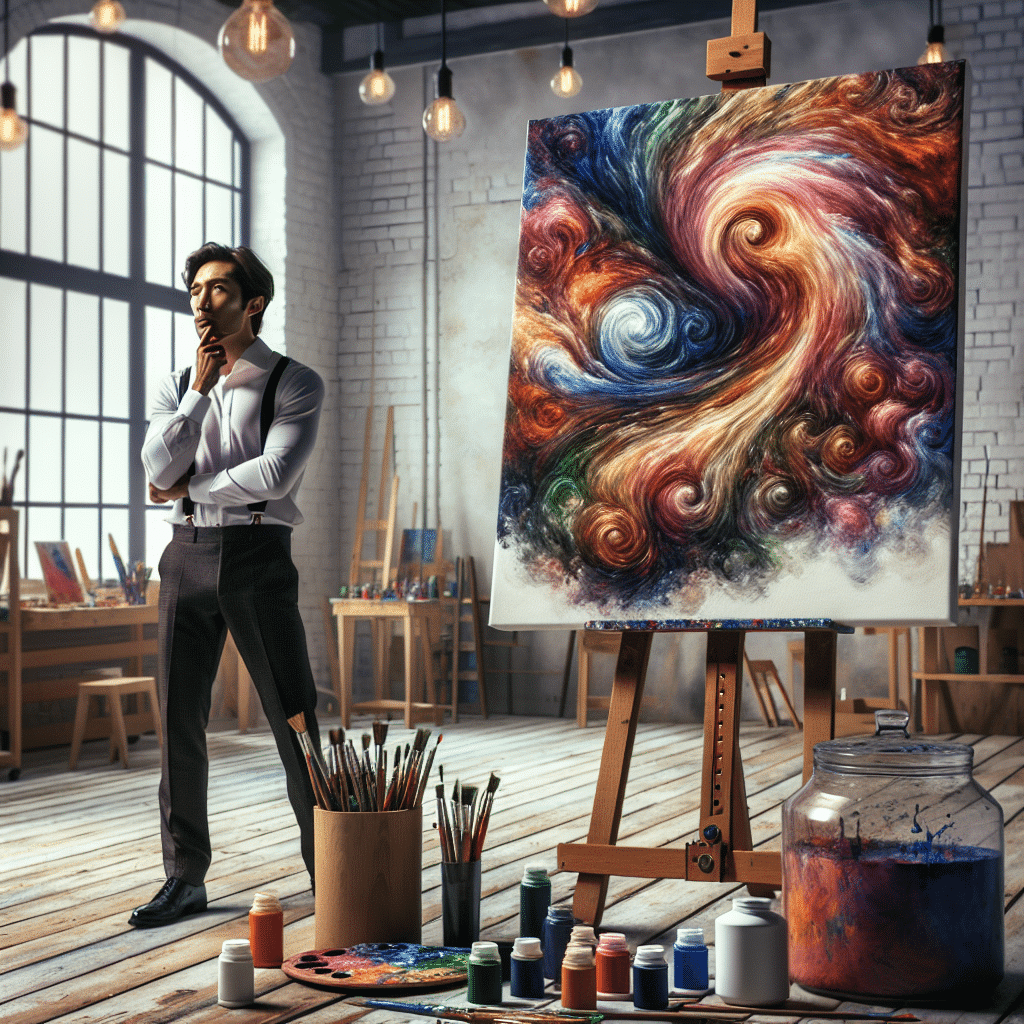
Problem-solving in artistic expression plays a crucial role in pushing boundaries and exploring new possibilities within the creative process. By incorporating problem-solving techniques, artists can overcome challenges and create innovative solutions that enhance their artistic work.
Understanding the Creative Process
Artistic expression often involves problem-solving, as artists face challenges and obstacles in bringing their vision to life. Understanding the creative process is crucial in navigating these challenges and finding solutions.
One key aspect of the creative process is inspiration. Artists draw upon their surroundings, emotions, experiences, and imagination to fuel their work. Whether it’s a blank canvas, a piece of music, or a block of clay, finding inspiration is the first step towards expressing oneself artistically.
Once inspired, artists move on to the ideation stage. This is where ideas are formed, plans are sketched out, and concepts are developed. It’s a crucial part of problem-solving in artistic expression, as artists work through different possibilities and directions to bring their vision to life.
Next comes the creation phase, where artists put their ideas into action. This is where technical skills, artistic techniques, and creativity come together to transform a concept into a tangible form. Artists may face challenges during this phase, such as technical limitations, material constraints, or creative blocks.
Problem-solving plays a significant role in overcoming these challenges. Artists often have to think outside the box, experiment with new techniques, and push beyond their comfort zones to find innovative solutions. This process of trial and error is essential in refining their work and pushing the boundaries of their creativity.
As artists progress through the creative process, they continuously refine their work, seek feedback, and make revisions. This iterative approach allows them to identify areas for improvement, address any issues that arise, and ultimately bring their artistic vision to fruition. By embracing problem-solving as an integral part of artistic expression, artists can unlock new possibilities, push the boundaries of their creativity, and create truly impactful and meaningful works of art.
Identifying Artistic Challenges
Artistic expression often involves overcoming various challenges in the creative process. One of the first steps in problem-solving in artistic expression is identifying the specific artistic challenges that you are facing. This could range from technical difficulties with a particular medium to conceptual issues with conveying a specific message or emotion through your art.
Common artistic challenges may include struggles with composition, color choices, perspective, proportions, or even creative blocks that inhibit your ability to fully express yourself. By recognizing and acknowledging these challenges, you can begin to address them effectively and find solutions that will enhance your artistic expression.
It is essential to take the time to reflect on your work and pinpoint areas where you feel unsatisfied or stuck. Are there elements of your art that you find particularly challenging or frustrating? Are there recurring issues that seem to hinder your creative process? By asking yourself these questions, you can start to identify the specific artistic challenges that need to be addressed.
Additionally, seeking feedback from peers, mentors, or even the audience can provide valuable insights into areas of improvement and potential challenges in your artistic expression. Constructive criticism can help you view your work from a different perspective and pinpoint issues that may not have been apparent to you initially.
Furthermore, analyzing the work of other artists, studying different art movements, and exploring diverse creative techniques can also help you identify new artistic challenges and expand your problem-solving skills in artistic expression. By exposing yourself to a variety of artistic influences, you can gain a fresh perspective on your own work and discover innovative ways to overcome challenges in your artistic practice.
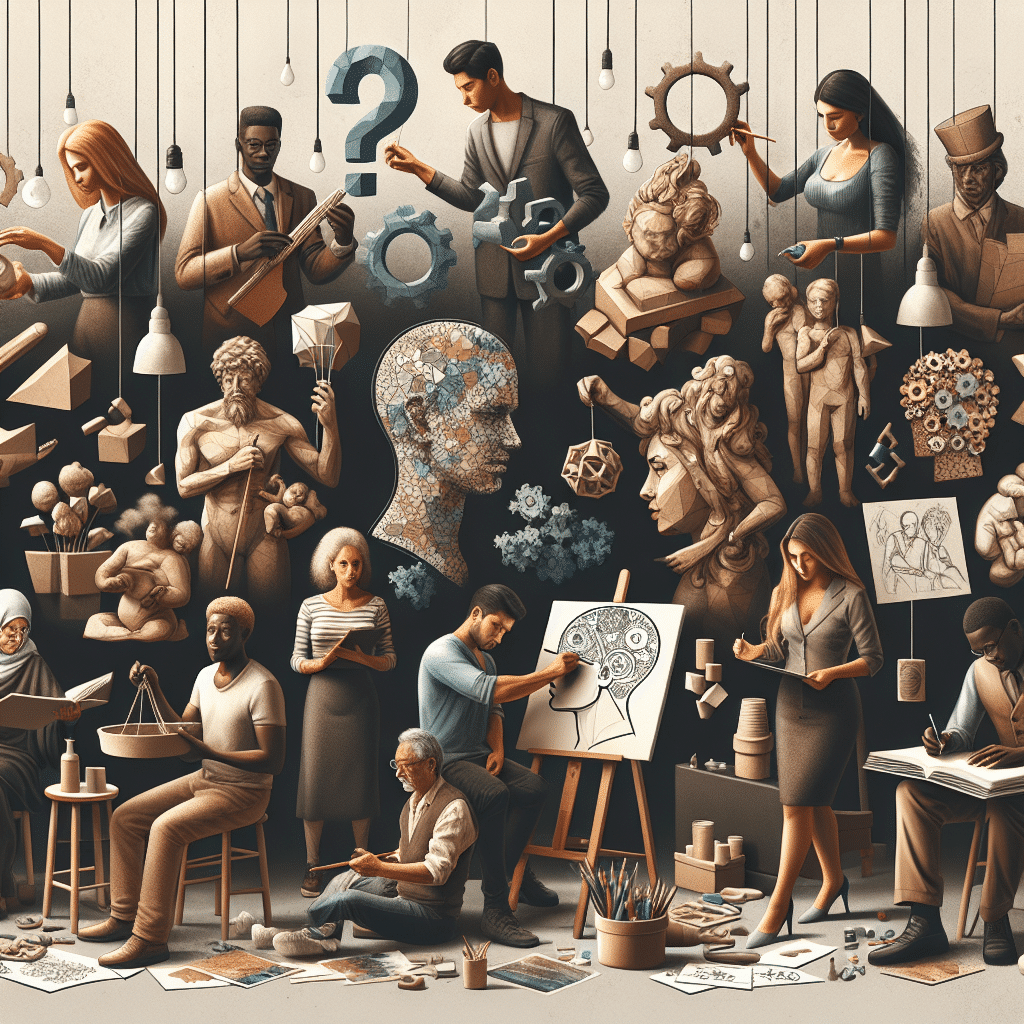
Implementing problem-solving techniques in art can lead to innovative and unique creations. Artists often encounter challenges during the creative process, and being able to effectively solve these problems can enhance the quality of their work. Here are some strategies for utilizing problem-solving skills in artistic expression:
Experimentation
One way to approach artistic challenges is through experimentation. Trying out different techniques, materials, and approaches can help artists discover new ways of expressing themselves. By pushing boundaries and thinking outside the box, artists can find innovative solutions to their creative problems.
Collaboration
Collaborating with other artists or seeking feedback from peers can provide fresh perspectives and insights. Working with others can spark new ideas and inspire artists to explore different avenues in their work. By engaging in collaboration, artists can benefit from the collective problem-solving skills of a diverse group of individuals.
Adaptability
Being adaptable and open to change is crucial in problem-solving within artistic expression. Artists may encounter unexpected obstacles or limitations, and being able to pivot and adjust their approach can help them overcome these challenges. Embracing flexibility allows artists to find creative solutions and continue moving forward in their artistic journey.
Persistence
Persistence is key in problem-solving in art. Artists may face setbacks, failures, or moments of doubt, but by remaining determined and resilient, they can navigate through obstacles and find solutions. Continuing to work through challenges and not giving up can lead to breakthroughs and innovative artistic expressions.
Overall, problem-solving in artistic expression involves a combination of creativity, critical thinking, and perseverance. By implementing these techniques and strategies, artists can enhance their creative process, overcome challenges, and create meaningful and impactful work.
Implementing Problem-Solving Techniques in Art
Problem-solving in artistic expression involves the application of creative solutions to overcome challenges and obstacles in the creation process. Artists often encounter roadblocks that require innovative thinking and problem-solving skills to navigate through. By implementing effective techniques, artists can enhance their creativity and produce unique and engaging works of art.
Experimentation and Exploration
One way to approach problem-solving in art is through experimentation and exploration. By trying out different techniques, mediums, and styles, artists can break out of creative ruts and discover new ways of expressing themselves. This process of trial and error can lead to unexpected and exciting results, pushing artists to think outside the box and come up with fresh ideas.
Collaboration and Feedback
Collaborating with other artists and seeking feedback from peers can also be valuable in problem-solving. By sharing ideas and perspectives, artists can gain new insights and approaches to tackle creative challenges. Constructive criticism and feedback can help artists identify areas for improvement and refine their artistic vision, leading to a more cohesive and impactful final piece.
Adaptation and Flexibility
Being open to change and adaptation is essential in problem-solving in art. Artists often encounter unexpected obstacles or limitations that require them to rethink their approach and make adjustments to their creative process. By being flexible and adaptable, artists can navigate through challenges with creativity and resourcefulness, ultimately leading to a more successful outcome.
Persistence and Resilience
Problem-solving in art also requires persistence and resilience. Rejection and failure are common in the creative process, but it is important for artists to keep pushing forward and not give up. By learning from setbacks and staying determined, artists can overcome obstacles and continue to grow and evolve in their artistic expression.
Overall, problem-solving in artistic expression involves a combination of creativity, experimentation, collaboration, adaptation, persistence, and resilience. By embracing these techniques and approaches, artists can navigate through challenges, break new ground, and create meaningful and impactful works of art.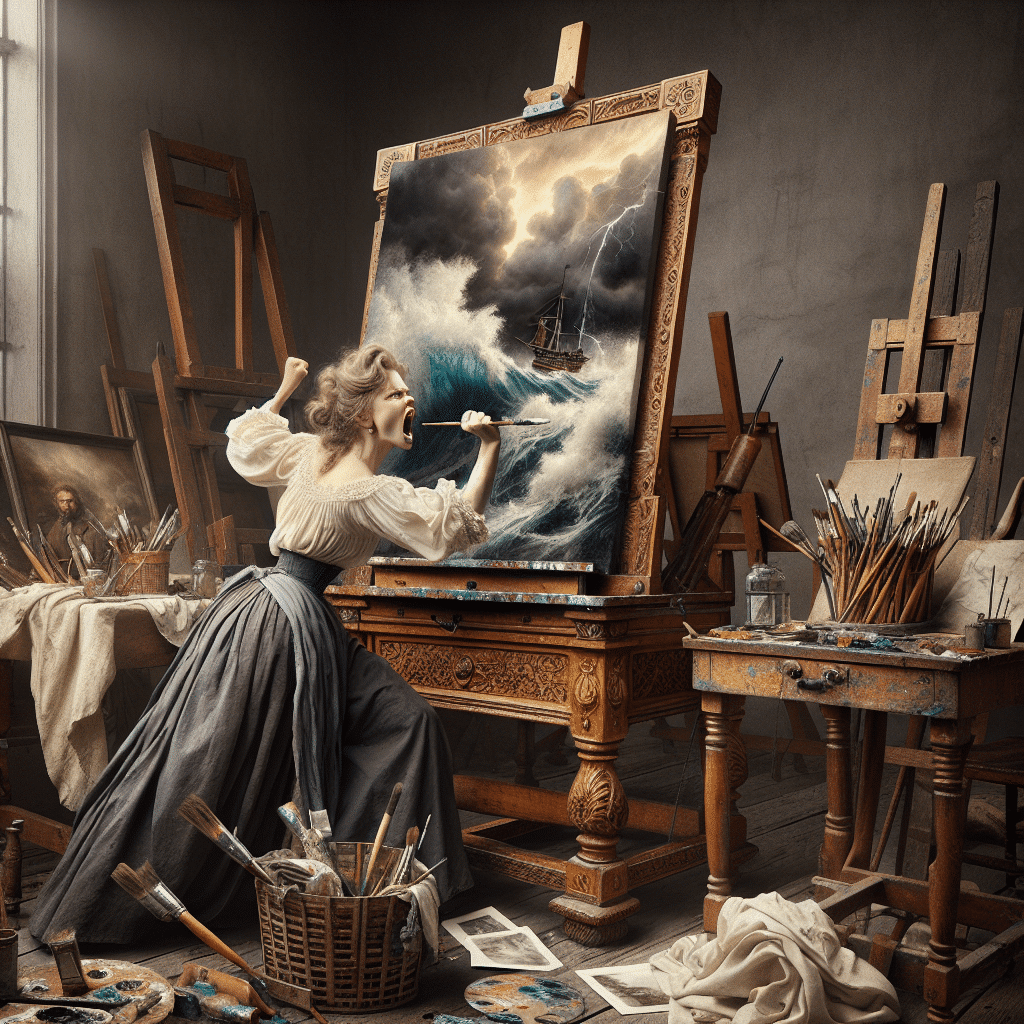
Summary
Problem-solving in artistic expression involves understanding the creative process, identifying artistic challenges, finding innovative solutions, and implementing problem-solving techniques in art. Artists often face obstacles or limitations which require creative thinking and resourcefulness to overcome. By approaching artistic endeavors with a problem-solving mindset, artists can push boundaries, experiment with new techniques, and create innovative and compelling works of art that resonate with audiences.

